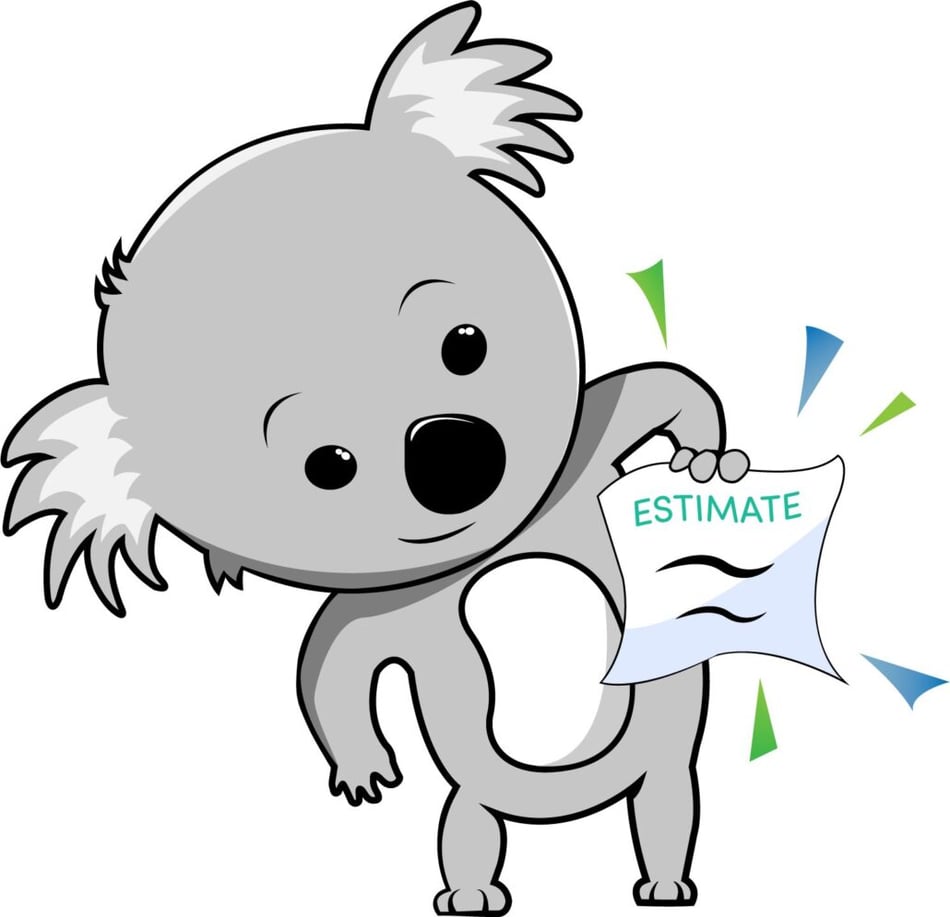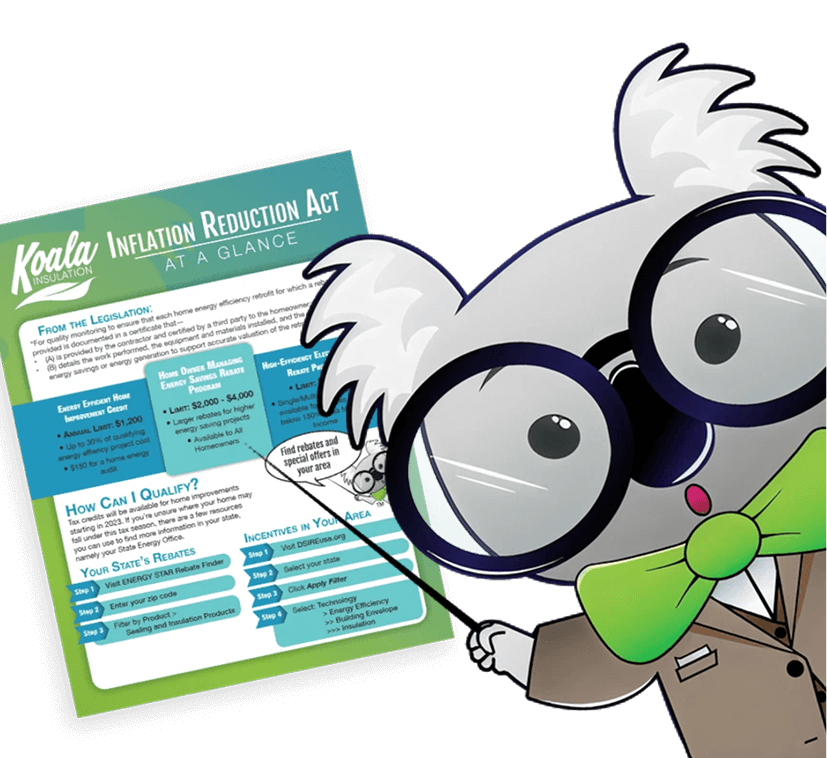Does Old Insulation Need to Be Replaced?

If your home feels drafty in the winter, uncomfortably hot in the summer, or your energy bills seem higher than they should be, outdated insulation could be the culprit. Many homeowners don’t realize insulation has a lifespan, and over time, it can degrade, settle, or become less effective due to damage, moisture, or pests.
At Koala Insulation of Delaware Valley, we often get asked, “Does old insulation need to be replaced?” The short answer is yes—in many cases, replacing old insulation can dramatically improve your home’s energy efficiency, comfort, and air quality. In this blog, we’ll explore when and why you should consider removing or upgrading your home’s insulation.
How Long Does Insulation Last?
The lifespan of insulation depends on the type of material, how well it was installed, and the conditions it’s been exposed to. Here’s a general idea:
- Fiberglass batts: 15–20 years (can last longer if dry and undisturbed)
- Blown-in cellulose: 20–30 years, though it may settle after 10–15 years
- Spray foam insulation: Can last 30+ years when properly applied
- Mineral wool: Up to 100 years, though not common in older homes
Even if insulation hasn’t reached the end of its theoretical lifespan, it may still need replacement if it’s damaged, compacted, or no longer performing efficiently.
Signs Your Insulation Should Be Replaced
So, how do you know it’s time to remove and replace your old insulation? Here are some clear warning signs:
1. Rising Energy Bills
One of the first clues is an unexplained increase in heating or cooling costs. Poor insulation forces your HVAC system to work harder, which leads to higher utility bills.
2. Hot or Cold Spots
Uneven temperatures between rooms or floors usually mean insulation has settled or become ineffective in certain areas.
3. Drafts
Feel a draft even when the windows and doors are closed? That could indicate air leaks and insufficient insulation, especially around wall joints and attics.
4. Pest Infestations
If rodents or insects have gotten into your insulation, they can compress or contaminate it, making it unsafe and ineffective.
5. Moisture and Mold
Wet insulation is compromised insulation. Moisture not only reduces thermal performance but also creates a breeding ground for mold and mildew.
6. Dust and Allergens
Excess dust or allergy flare-ups can point to deteriorated insulation that’s no longer filtering air or sealing your home effectively.
7. Old Age
If your home is more than 20 years old and you’ve never upgraded the insulation, it’s likely time to have it inspected—even if there are no immediate symptoms.
Why Replacing Old Insulation Is Worth It
Investing in new insulation can transform the way your home feels and operates. Here’s what you can expect:
✅ Lower Energy Bills
New insulation helps maintain consistent indoor temperatures, reducing the need for constant heating and cooling. Homeowners typically save 15–30% on energy costs after an insulation upgrade.
✅ Better Comfort Year-Round
Say goodbye to chilly winter nights and sweltering summer afternoons. With proper insulation, your entire home can stay comfortable no matter the season.
✅ Healthier Indoor Air
Old, dusty insulation can circulate allergens, mold spores, and pest waste throughout your home. Replacing it improves your indoor air quality and reduces allergy symptoms.
✅ Quieter Living Environment
Modern insulation materials also provide excellent soundproofing, helping to muffle outside noise and create a more peaceful living space.
✅ Increased Home Value
Energy efficiency is a big selling point for buyers. A properly insulated home is more marketable and may even qualify for energy rebates or tax credits.
Where Insulation Replacement Has the Most Impact
At Koala Insulation of Delaware Valley, we prioritize insulation upgrades in areas that yield the biggest return:
🔹 Attics
Heat rises, and in winter, it escapes through under-insulated attics. In summer, attics can reach 130°F or more, radiating heat down into living spaces. Upgrading your attic insulation—often with blown-in cellulose or spray foam—can make a huge difference in comfort and energy efficiency.
🔹 Walls
Many older homes in the Delaware Valley area were built with little or no wall insulation. Adding dense-pack blown-in insulation can fill gaps without tearing down drywall.
🔹 Crawl Spaces and Basements
These areas are often neglected but can let in cold, damp air. Insulating rim joists and crawl space walls helps reduce drafts and protect your floors above.
🔹 Garages and Bonus Rooms
Rooms over garages or adjacent to unfinished spaces can become temperature traps. Insulating these areas stabilizes the temperature throughout your home.
Should You Remove Old Insulation First?
In some cases, yes—especially if the insulation is:
- Wet or moldy
- Rodent-infested
- Compressed or degraded
- Covered in dust and debris
Koala Insulation of Delaware Valley offers insulation removal services, including safe cleanup and proper disposal. We use vacuums and containment systems to avoid mess and ensure your home stays clean during the process.
Why Choose Koala Insulation of Delaware Valley?
We’re a trusted local insulation contractor with a commitment to quality, comfort, and customer satisfaction. Our team brings:
- ✅ Free insulation evaluations
- ✅ Expert recommendations based on your home and goals
- ✅ Top-tier materials including spray foam, blown-in, and batt
- ✅ Safe removal of old or damaged insulation
- ✅ Quick, clean, and professional installations
Whether your insulation is outdated or you just want to boost efficiency, Koala Insulation of Delaware Valley is here to help.
Conclusion
Insulation isn’t something you think about every day—but it plays a huge role in your home’s comfort, air quality, and energy efficiency. If your insulation is old, damaged, or underperforming, replacing it can significantly reduce your energy bills and improve your daily living environment.
Call Koala Insulation of Delaware Valley at (856) 389-0075 or visit https://koalainsulation.com/f/Delaware-Valley for a free estimate. Our team is ready to help you decide if your insulation needs replacement and guide you to a more comfortable, efficient home.
Find Your Location


Get a quote



